

Beauty and personal care trends are constantly evolving, blending innovation with consumer preferences to shape the products and routines people adopt daily. This concept captures how shifts in fashion, technology, ingredient awareness, and social media influence the types of items and services people seek for their grooming, skincare, makeup, and overall appearance. By observing these trends, consumers and brands alike stay ahead of what’s popular—from sustainable packaging to minimalist skincare or high-tech hair tools—making each year uniquely dynamic in the beauty industry.
The heart of beauty and personal care trends lies in their ability to reflect cultural values and consumer demands. New products may emphasize natural ingredients, inclusivity, or smart features that personalize routines. Trends can start in niche communities before spreading globally through influencers and digital platforms. Staying informed about what’s trending can help people refine their choices for effectiveness, convenience, and personal expression in their daily self-care habits.
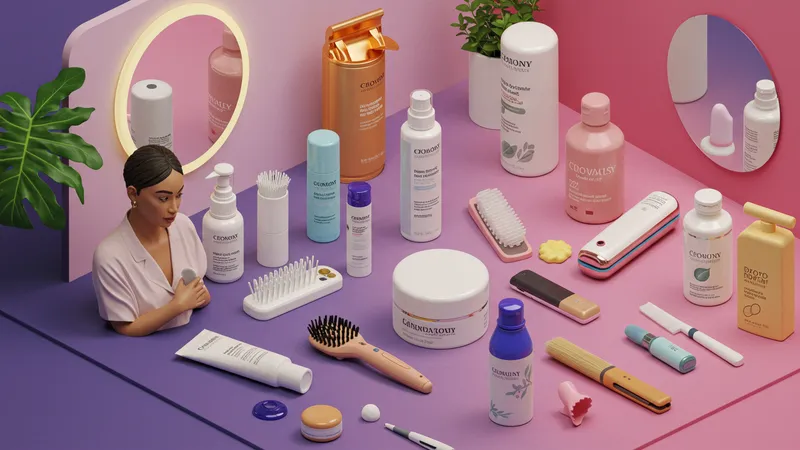
One notable trend is the increasing focus on inclusive beauty, represented by brands like Fenty Beauty, which offers foundations catering to a wide range of skin tones. This shift empowers individuals to find products that genuinely fit their complexion, moving the industry away from one-size-fits-all solutions. The rapid acceptance of such brands reveals how consumer voices can reshape norms, encouraging other companies to expand their offerings accordingly.
Another striking example is the demand for high-performance skincare, as seen with products like OLEHENRIKSEN’s Banana Bright Vitamin C Serum. Modern consumers are informed and prioritize scientifically-backed ingredients like vitamin C. This demand has led to the proliferation of serums that target radiance, even skin tone, and overall skin health, propelling vitamin C from a niche ingredient to a must-have step in many routines.
Innovative hair tools like the Dyson Airwrap exemplify how advanced technology is making its mark on personal care. The device offers multiple attachments and intelligent heat control, appealing to those seeking salon-like styling at home while minimizing hair damage. This reflects a broader trend toward multifunctional tools that promise both efficiency and health-conscious results.
As trends continue to shift swiftly, understanding these real examples sheds light on what’s driving preferences in beauty and personal care today. They signal greater personalization, smarter formulations, and a push for diversity, prompting companies to continuously evolve. The deeper details reveal even more valuable insights ahead, including the forces behind these changes and the next wave of innovation in personal care.
Ingredient transparency is at the center of today’s beauty and personal care movement. Consumers are increasingly scrutinizing product labels, spotting active ingredients such as hyaluronic acid, retinol, vitamin C, and niacinamide. This prioritization of what goes onto the skin has led brands to invest in cleaner, more effective formulations. A product like OLEHENRIKSEN's Banana Bright Vitamin C Serum stands out due to its reliance on stable forms of vitamin C that deliver tangible brightening results while reducing potential irritation.
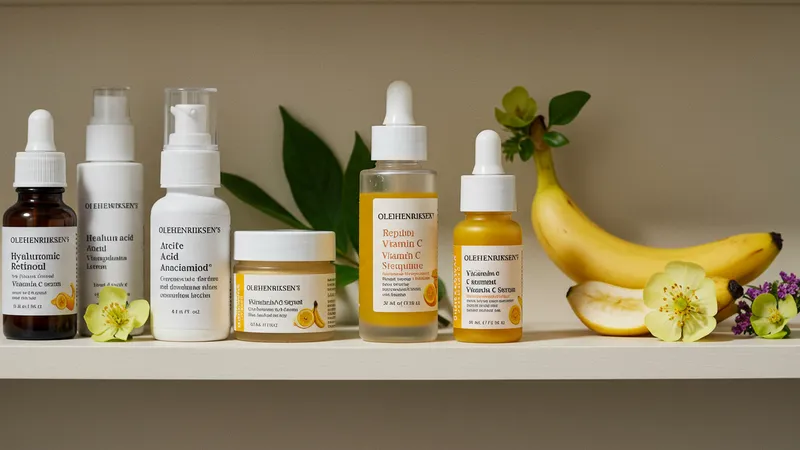
Natural and sustainable sourcing is another trend that shapes product development. Many formulations now avoid parabens, sulfates, and artificial fragrances, appealing to users who consider ingredient safety a priority. This owes much to consumer education and the visibility of ingredient lists online. Brands that highlight certified organic ingredients or vegan formulations find themselves highly favored among eco-conscious buyers.
Smart formulations in tools and devices, like the Dyson Airwrap, reflect a blend of cosmetic science with engineering. The ability to style hair using air rather than extreme heat reduces damage and addresses the desire for healthier hair. Multiple attachments deliver personalized styling options, showing that formulation isn't just about creams or serums—it's embedded in tools as well. The science behind these innovations drives customer loyalty and sets new industry benchmarks.
Finally, foundation formulas such as Fenty Beauty’s Pro Filt’r emphasize texture, coverage, and longevity. The brand’s success hinges on its diversity of shades and its formula’s ability to provide a natural look without compromising performance. Products that promise flexible wear for all-day use and accommodate various skin types are quickly embraced by modern shoppers yearning for convenience and reliability in their routines.
One driving force in current beauty trends is the move toward personalization. Customizable skincare regimens, shade-matching technology, and personalized product recommendations are now standard, allowing individuals to fine-tune their routines. For instance, Fenty Beauty’s broad spectrum of foundation shades solves longstanding issues of exclusion, making makeup accessible for nearly every skin tone. As personalization tech improves, users experience products that better fit their needs and preferences.
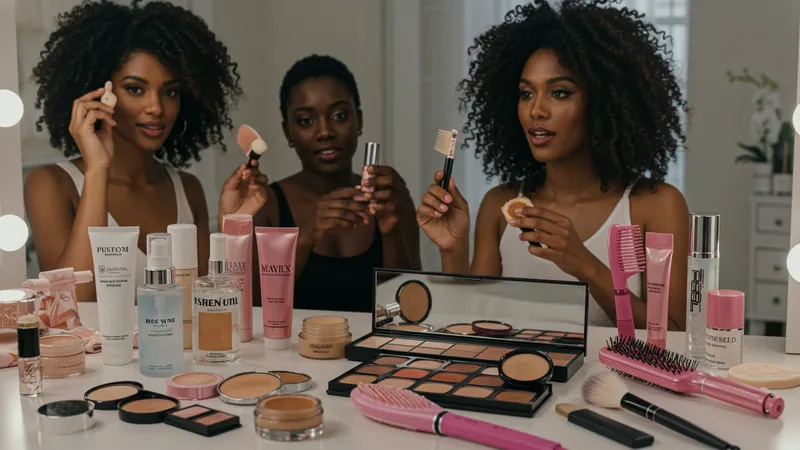
Inclusivity is no longer optional—it's expected. Beauty brands leading the way have integrated diverse product offerings and tapped into marginalized markets. OLEHENRIKSEN’s versatile skincare addresses varying skin types and concerns, while Dyson Airwrap’s adjustable attachments cater to different hair textures. These thoughtful inclusions foster a sense of belonging for all users, solidifying brand loyalty and expanding appeal.
Digital tools are playing a significant part in personalization. Mobile apps and online quizzes help individuals identify suitable ingredients, foundation shades, or optimal hair styling methods. Brands leverage artificial intelligence to analyze user data, providing recommendations that drive satisfaction and minimize the trial-and-error process traditionally associated with personal care. These digital enhancements make the shopping journey smoother and more intuitive.
The entire industry benefits when trends lean toward inclusivity and personalization. Not only do consumers feel seen and empowered, but companies gain valuable feedback for refining future launches. Personalization also encourages product diversity, which helps address a wider range of skin and hair needs, leading to continual improvement across beauty and personal care categories.
Technological advancements are profoundly influencing beauty and personal care trends. High-tech tools like the Dyson Airwrap show how engineering and cosmetic science intersect, enabling salon-quality styling at home. Smart sensors, air-based styling, and temperature control technologies minimize hair damage, and the convenience draws in tech-savvy consumers who value both results and efficiency. This innovation raises expectations for every new product launch.
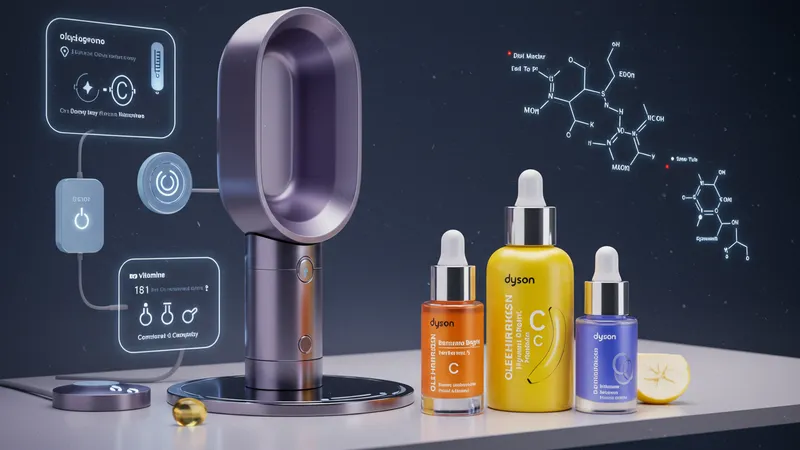
In skincare, serums such as OLEHENRIKSEN Banana Bright embrace active delivery systems that boost the penetration and stability of ingredients. These advances ensure that potent agents like vitamin C and hyaluronic acid provide maximum benefit without compromising safety. Companies investing in research and development bring novel molecules and vehicle systems to the mainstream, cementing their role as innovators and attracting discerning consumers.
Online platforms and digital communities, from YouTube to beauty-focused forums, further fuel how innovations go viral. Reviews, demos, and tutorials take beauty discoveries from niche to mainstream at unprecedented speeds. This digital feedback loop accelerates consumer awareness, helping people learn about the benefits and drawbacks of products, often before they reach retail shelves. Influencers act as early testers and trendsetters, bridging the gap between brands and real users.
Furthermore, augmented reality (AR) tools allow people to test makeup shades or try hairstyles virtually. This digital shift cuts down on waste and enhances the customer experience. As sampling goes virtual, users can confidently select foundation shades or experiment with new looks, knowing they'll suit them. Such immersive experiences propel the next evolution of beauty, where personalization and convenience guide buying decisions.
Sustainability is rapidly becoming a core consideration in beauty and personal care. Brands are reducing packaging waste, opting for recyclable materials, and eliminating unnecessary components. Some companies launch refillable products and encourage recycling programs to minimize their environmental footprint. As consumers expect brands to demonstrate environmental responsibility, products like the Dyson Airwrap, with energy-efficient design, appeal to those seeking green alternatives while enjoying advanced technology.
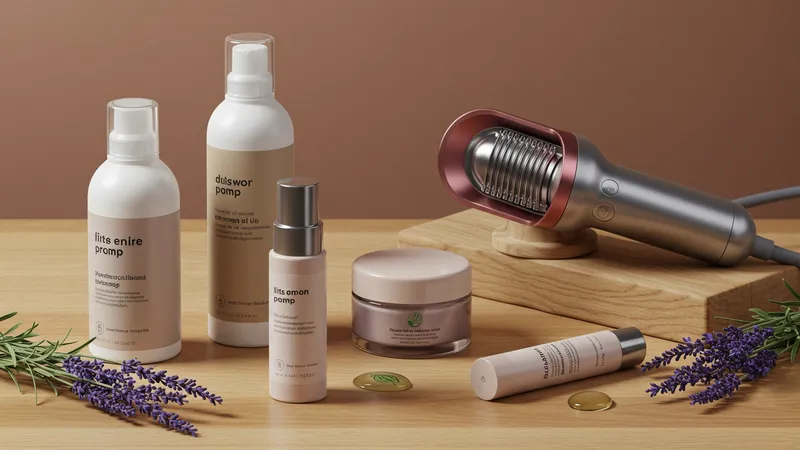
Ethical sourcing of ingredients is another critical trend. Companies like OLEHENRIKSEN highlight responsibly sourced botanicals and employ ethical labor practices in their supply chains. Transparency regarding ingredient origins and animal testing policies is now common, as buyers research beyond just the efficacy of products. Vegan certifications and cruelty-free labels guide purchasing choices, reflecting shifting values toward conscientious consumption.
There’s a significant push toward cleaner, less processed formulations. Consumers look for products free from potentially harmful additives, favoring naturally derived alternatives. Fenty Beauty’s emphasis on clean-beauty commitments reassures skeptical buyers, fostering greater trust. Brands that proactively eliminate unnecessary chemicals find it easier to penetrate emerging markets where ingredient bans or restrictions are more common.
Ultimately, sustainability and ethical practices are intertwined with how trends develop and endure in the beauty sector. As awareness grows, both established companies and up-and-coming brands must prioritize ethical sourcing and eco-friendly packaging to survive in a competitive, values-driven marketplace. This landscape creates a ripple effect, inspiring further innovation and shaping the future direction of beauty and personal care industries worldwide.